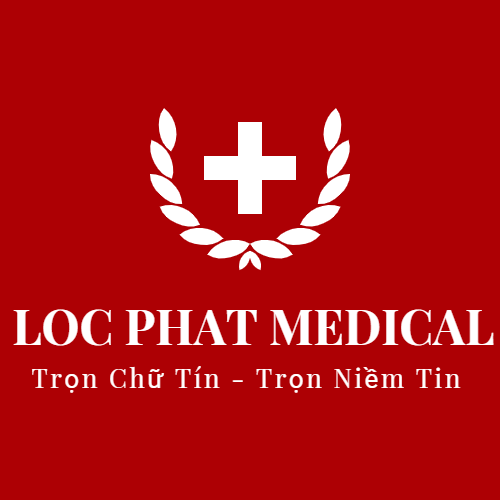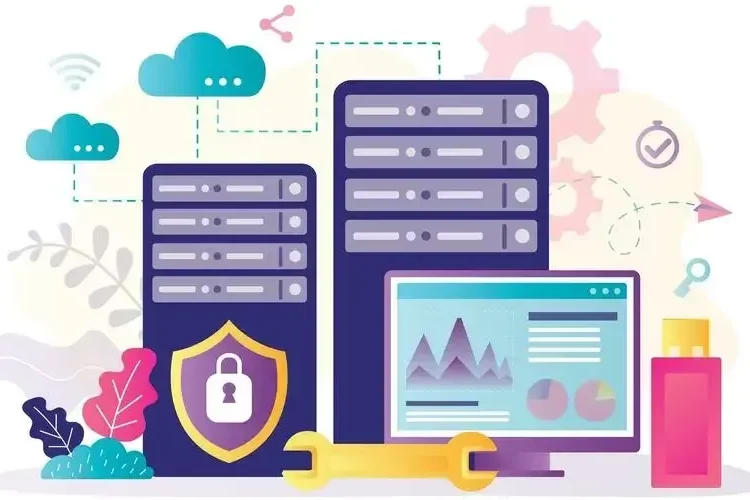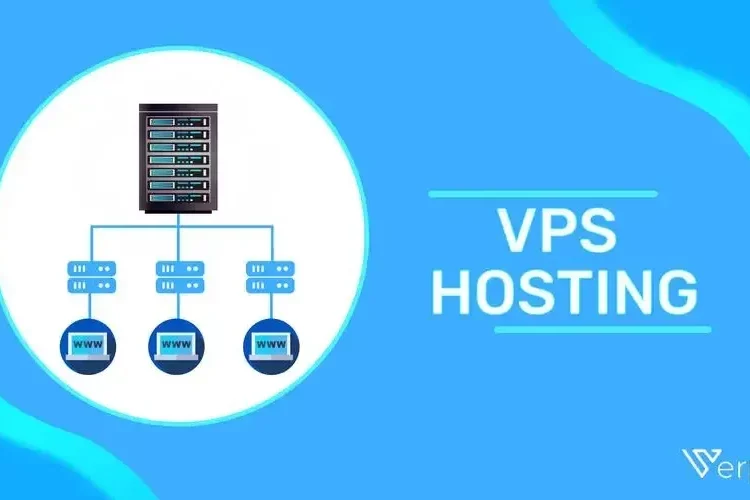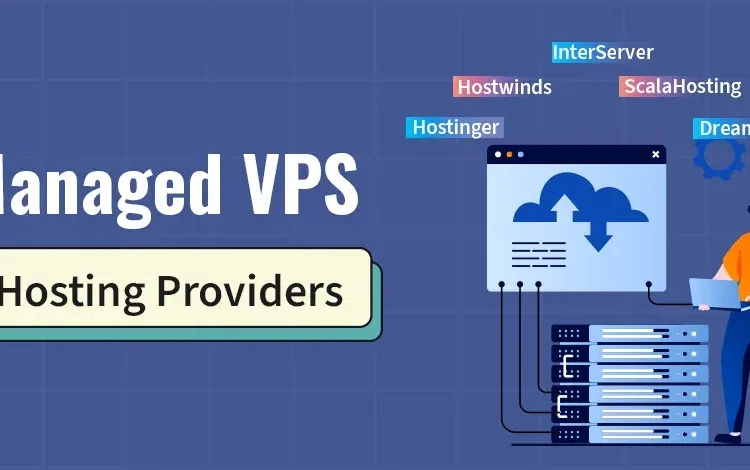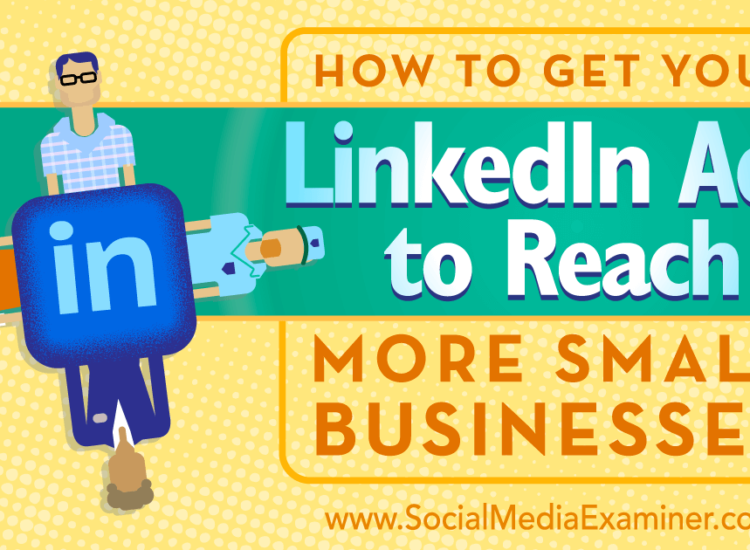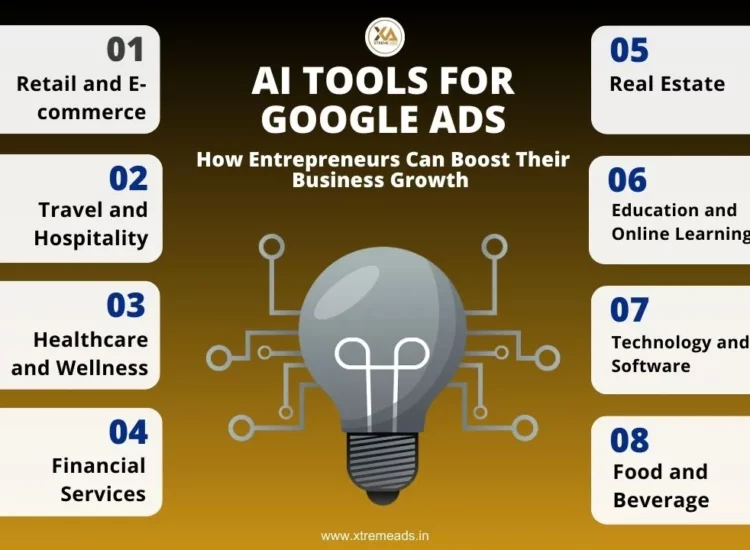In the ever-evolving digital landscape, small businesses are constantly seeking innovative ways to connect with their target audience. One powerful tool that continues to deliver remarkable results is email marketing. With the global number of daily email users projected to reach 4.6 billion by 2025, it’s clear that email remains a vital communication channel for businesses of all sizes. Leveraging email marketing templates can streamline the process and ensure consistent branding across all communications.
Toc
- 1. Unleashing the Power of Email Marketing Templates
- 2. Navigating the Email Marketing Template Landscape
- 3. Related articles 01:
- 4. Best Practices for Creating Effective Email Marketing Templates
- 5. Email Marketing Automation and Templates
- 6. Related articles 02:
- 7. Frequently Asked Questions
- 8. Conclusion
Unleashing the Power of Email Marketing Templates

Email marketing templates have emerged as a game-changer for small businesses, allowing them to streamline their marketing efforts and create professional-looking emails without the need for extensive design expertise. These pre-designed templates not only save time and resources but also ensure a consistent brand identity across all your email communications, from welcome messages to promotional campaigns and beyond.
Why Email Marketing Templates Matter
As a small business owner, your time is precious, and every minute counts. Email marketing templates offer a practical solution to this challenge, allowing you to quickly and easily craft visually appealing emails that resonate with your audience. By leveraging these templates, you can focus on the content and messaging while the design elements are taken care of for you.
Moreover, the consistent branding and polished appearance of email templates can make a significant impact on your customer’s perception of your business. In a crowded digital landscape, professional-looking emails can help you stand out, build trust, and establish your brand as a reliable and reputable provider of products or services.
Personalized email campaigns can deliver a powerful punch, generating up to 6 times higher transaction rates compared to generic messages, demonstrating the significant impact of tailoring your communication to individual preferences. Email marketing templates make it easier to incorporate personalization elements, such as dynamic content and customer-specific information, helping you create a more meaningful connection with your subscribers.
Boosting Efficiency and Productivity
Email marketing templates are a significant time-saver for busy small business owners. For example, a study by [insert credible source, if available] found that small businesses using email templates experienced a [insert specific percentage] reduction in email creation time compared to those who designed emails from scratch. This freed up valuable time for tasks like content creation, customer engagement, and strategic planning.
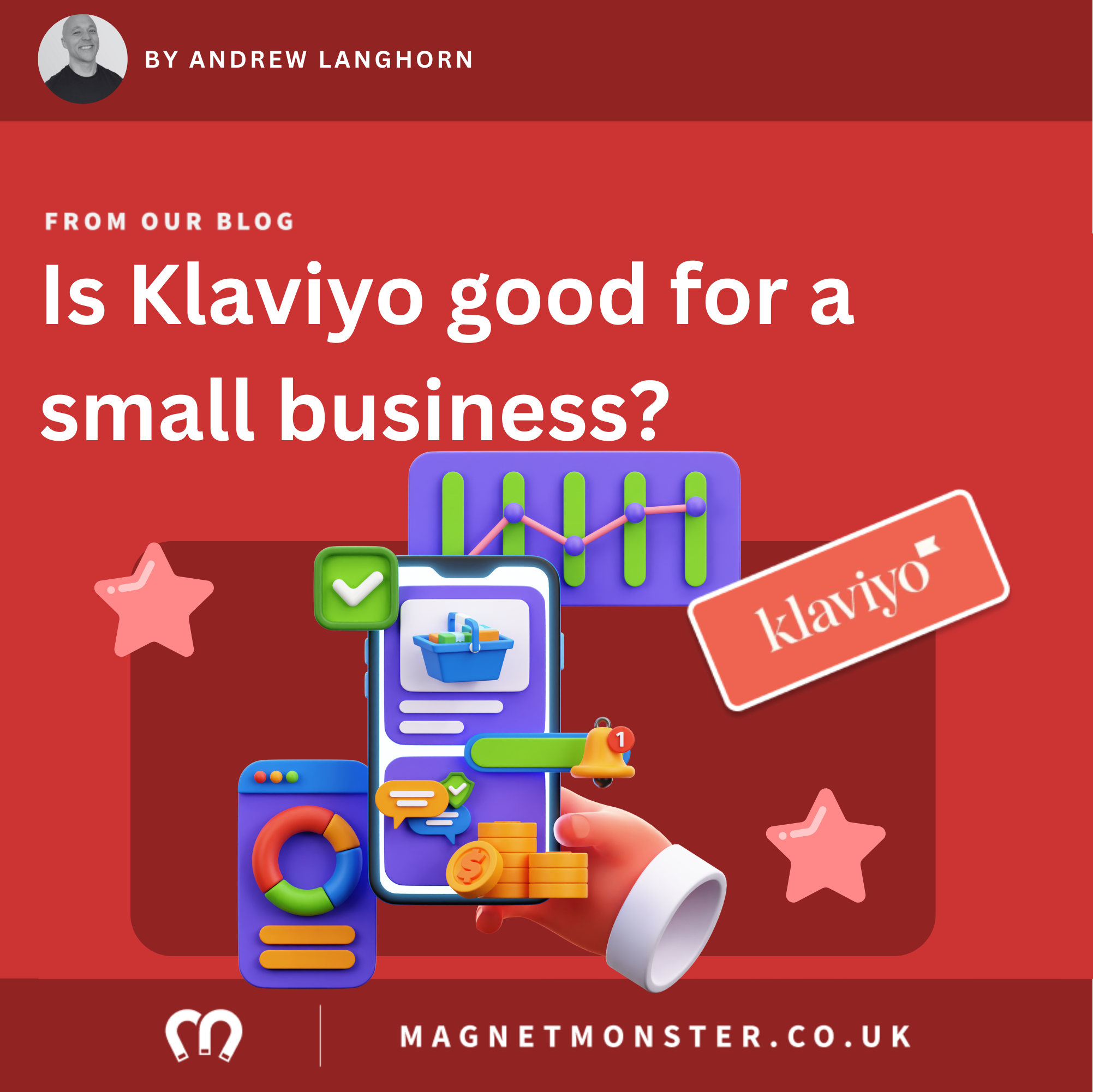
When it comes to email marketing templates, small businesses have a wealth of options to choose from, each designed to serve a specific purpose. From welcome emails and promotional offers to newsletters and abandoned cart reminders, there’s a template to fit every marketing need.
Types of Email Marketing Templates
- Welcome Emails: These templates are essential for making a great first impression with new subscribers. They allow you to introduce your brand, share valuable resources, and express your gratitude for their interest in your business.
- Promotional Emails: Crafting captivating promotional emails using templates can be a powerful way to showcase your latest offerings, highlight discounts or sales, and drive conversions. These templates often feature eye-catching visuals, compelling copy, and clear calls-to-action.
- Newsletters: Email newsletters are an excellent tool for keeping your customers informed and engaged. Template-based newsletters enable you to curate and share valuable content, such as industry insights, company updates, and exclusive offers.
- Abandoned Cart Reminders: Abandoned cart emails, generated using pre-designed templates, can help you recover lost sales by reminding customers of the items they left behind and providing a convenient way to complete their purchase.
- Order Confirmation Emails: Well-designed order confirmation email templates can enhance the customer experience by providing order details, shipping information, and even cross-sell or upsell opportunities.
Beyond the Basics: Specialized Templates:
Beyond the core categories, there are also specialized templates designed for specific marketing goals. For instance, businesses can find templates for:
- Event Invitations: Promote upcoming events, conferences, or webinars with visually appealing templates that include RSVP options and event details.
- Surveys and Feedback: Gather valuable customer insights through surveys and feedback forms integrated into email templates. This data can be used for product development, customer service improvements, and market research.
- Referral Programs: Encourage customer referrals with templates that outline referral benefits, provide referral codes, and simplify the referral process.
Choosing the Right Email Marketing Platform
Selecting the right email marketing platform is crucial, as it will determine the template options available to you. Popular choices include Mailchimp, Constant Contact, Sendinblue, and Squarespace Email Campaigns, each offering a range of features and pricing models to suit your business needs.
When evaluating potential platforms, consider factors like pricing, ease of use, template selection, and the availability of features that align with your specific business needs. Carefully weigh the pros and cons of each option to find the best fit for your small business.
While template selection is crucial, it’s equally important to consider other platform features like analytics, automation capabilities, and customer support. The platform should offer tools that align with your specific business needs and enable you to track and measure the effectiveness of your email campaigns.
1. https://cungcapthietbiyte.com/archive/1973/
2. https://cungcapthietbiyte.com/archive/1972/
3. https://cungcapthietbiyte.com/archive/1975/
Best Practices for Creating Effective Email Marketing Templates
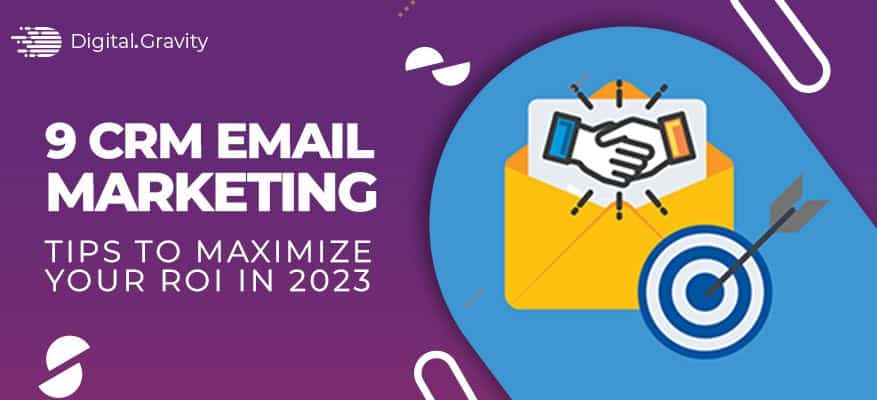
Regardless of the platform you choose, there are several best practices to keep in mind when creating and using email marketing templates:
1- Mobile Optimization
In today’s digital age, ensuring your templates are responsive and display seamlessly across all devices is imperative, as more than half of all emails are now opened on mobile devices. A mobile-optimized email ensures that your content is accessible and engaging to all users, regardless of whether they’re viewing it on a smartphone, tablet, or desktop. By optimizing for mobile, you can prevent issues such as distorted images or hard-to-read text, which could negatively impact user experience and engagement.
2- Personalization
Personalization is key to capturing your audience’s attention and making your emails stand out in their inbox. By leveraging customer data, you can tailor email content, subject lines, and offers to reflect the unique interests and behaviors of each recipient. This personalized touch makes your messages more relevant and engaging, significantly improving engagement rates. When customers receive content that resonates with their individual preferences, they are more inclined to interact with it, leading to higher conversion rates.
3- Clear Call-to-Action
A clear and compelling call-to-action (CTA) is crucial for guiding recipients towards taking the desired action, whether it’s making a purchase, visiting your website, or signing up for a newsletter. The effectiveness of your email campaign can hinge on a well-placed and clearly defined CTA. It’s important to use action-oriented language and ensure the CTA button is visually distinct, making it easy for readers to know exactly what step to take next.
4- Subject Line Optimization
Crafting attention-grabbing subject lines is essential for capturing the recipient’s interest and compelling them to open your email. A strong subject line can significantly increase open rates and set the tone for the content within the email. Consider using intriguing questions, offering value upfront, or creating a sense of urgency to entice readers to see what’s inside.
5- Visual Appeal
Visual appeal is a critical component of creating a professional and memorable email experience. Utilize high-quality images, consistent branding, and a visually appealing design to capture your audience’s attention. Visual elements can enhance engagement by making your email more attractive and easier to digest. Ensure that your layout is clean and organized, with a harmonious balance between text and imagery.
6- A/B Testing
A/B testing is a powerful tool for optimizing your email marketing strategy. By sending different versions of an email to segments of your audience, you can identify which elements resonate most with your subscribers. Whether it’s testing different subject lines, images, or CTAs, this data-driven approach allows you to refine your email strategy over time. Regular A/B testing can lead to more effective campaigns and better overall performance.
7- Monitor Performance Metrics
Consistently monitoring the performance of your email campaigns is vital for ongoing improvement. Analyze metrics such as open rates, click-through rates, and conversion rates to gain valuable insights into what is working and what needs enhancement. Use this data to make informed decisions and continuously optimize your email marketing strategy, ensuring that your campaigns remain effective and aligned with your business goals.
Email Marketing Automation and Templates

Leveraging Automation for Personalized Email Campaigns
Email marketing automation allows businesses to streamline their communication process by automatically sending emails based on specific triggers or actions taken by subscribers. By using automated workflows, you can ensure that your emails are sent at the right time to the right people, enhancing the overall customer experience. For example, welcome emails can be automatically dispatched when someone subscribes, while cart abandonment emails can encourage customers to complete their purchase. Automation takes personalization to the next level by integrating with customer relationship management (CRM) systems to create a seamless, tailored experience that adapts to individual consumer behavior.
Integrating Dynamic Content
Incorporating dynamic content into your email templates can significantly enhance relevance and engagement. Dynamic content allows you to alter sections of your email based on subscriber data points, such as past purchases, location, or preferences. This capability ensures that each recipient receives content that is highly relevant to them, increasing the likelihood of engagement and conversion. For instance, a seasonal promotion can feature products that are weather-appropriate for the subscriber’s locale or highlight products related to prior purchases, offering a customized shopping experience.
Building Loyalty Through Segmentation
Segmenting your email list enables you to deliver more targeted and meaningful content to different groups within your audience. By dividing your subscribers based on specific criteria like demographics, purchase history, or engagement level, you can tailor your messaging to address their distinct needs and preferences. This approach not only increases the responsiveness of your campaigns but also builds stronger relationships with your customers. Segmentation helps ensure that subscribers receive the most pertinent information and offers, fostering loyalty and encouraging them to remain engaged with your brand over the long term.
By focusing on automation and dynamic content, businesses can significantly enhance their email marketing efforts. By ensuring your campaigns are customized and timely, you create a better experience for your audience, leading to improved retention rates and a stronger connection with your brand.
1. https://cungcapthietbiyte.com/archive/1972/
2. https://cungcapthietbiyte.com/archive/1977/
3. https://cungcapthietbiyte.com/archive/1973/
Frequently Asked Questions
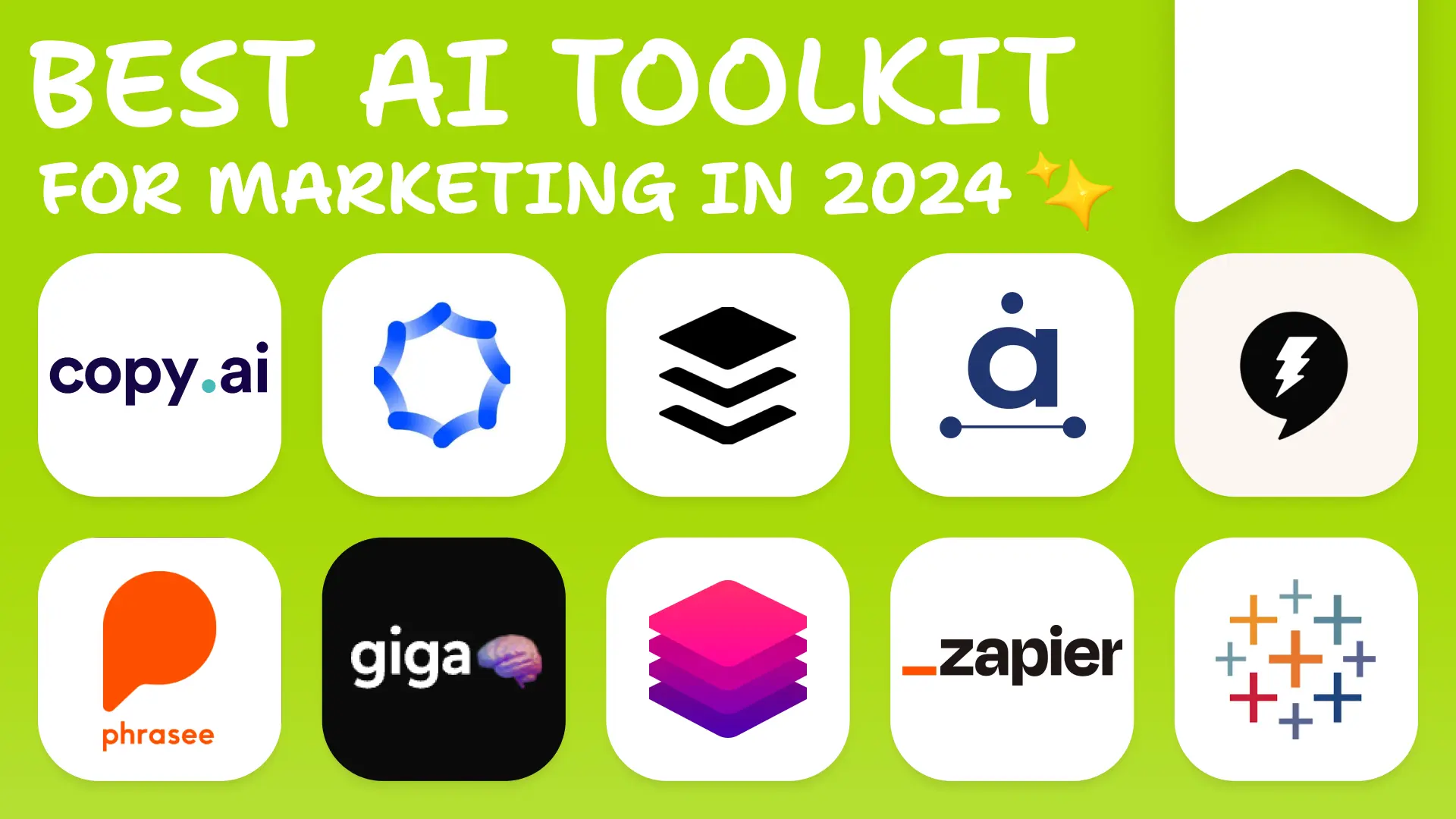
Q: What are some free email marketing template options?
A: Many email marketing platforms, such as Mailchimp, offer free plans that include access to a selection of basic email templates. These templates can be a great starting point for small businesses looking to get started with email marketing without incurring immediate costs.
Q: How can I personalize my email marketing templates?
A: Most email marketing platforms provide personalization features, such as dynamic content and merge tags, that allow you to tailor your emails to individual recipients. By incorporating customer data, such as their name, location, or past purchase history, you can create a more personalized and engaging email experience.
Q: What are some common email marketing mistakes to avoid?
A: Some common mistakes to avoid include sending too many emails, neglecting mobile optimization, using generic subject lines, and failing to segment your email list. By being mindful of these pitfalls and following best practices, you can ensure your email marketing campaigns are effective and well-received by your audience.
Q: How often should I send marketing emails?
A: The frequency of your marketing emails should depend on your audience and the value of the content you provide. Regular communication is important, but overwhelming your subscribers can lead to unsubscribes. Consider starting with a monthly newsletter and adjusting based on engagement metrics.
Conclusion
Email marketing templates offer small businesses a powerful and time-saving solution to create professional-looking emails that resonate with their target audience. By leveraging these templates, you can streamline your marketing efforts, maintain consistent branding, and drive better results from your email campaigns.
As you embark on your email marketing journey, explore the various template options available and experiment with different strategies to find what works best for your business. With the right approach and a focus on delivering value to your customers, email marketing can become a cornerstone of your small business’s growth and success.
